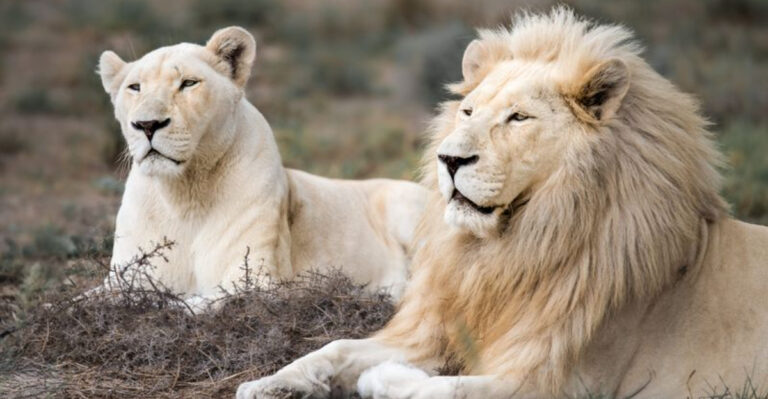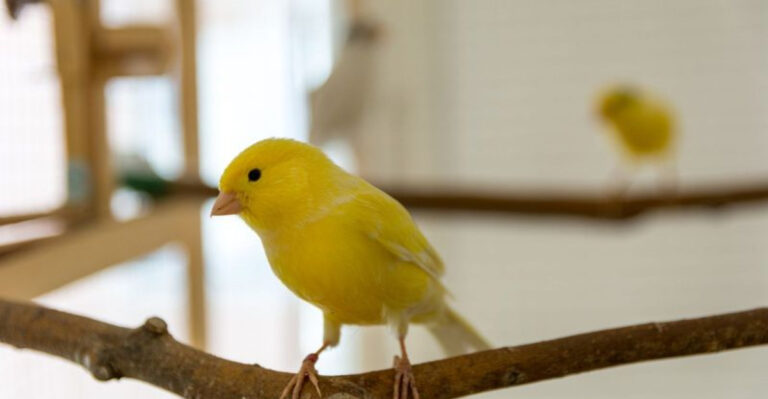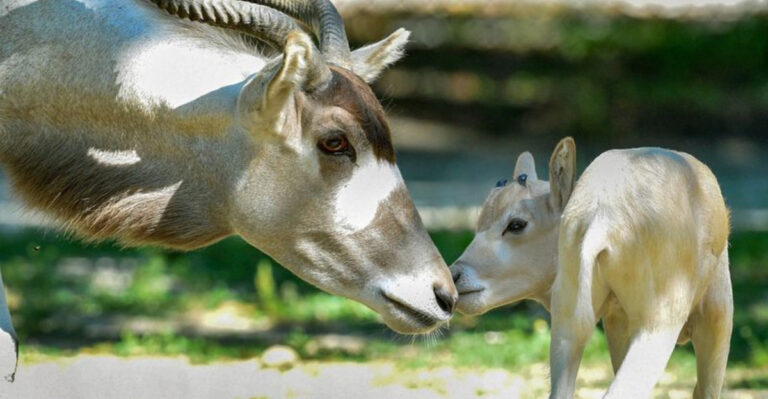15 Reasons The Aardwolf Is Nothing Like A Wolf (Despite Its Name)
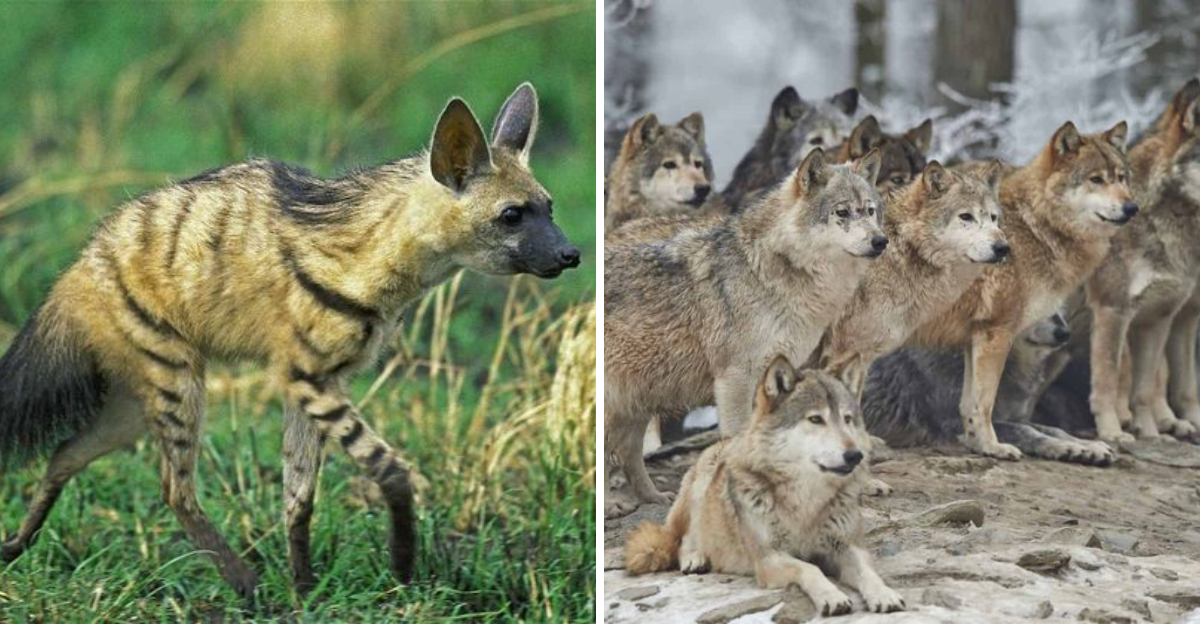
The aardwolf might sound like a fearsome predator with ‘wolf’ in its name, but this African mammal couldn’t be more different from its namesake.
Despite the misleading moniker, aardwolves are actually members of the hyena family, not related to wolves at all.
Let’s explore why these termite-munching creatures are nothing like the pack-hunting canines they’re mistakenly associated with.
1. The Aardwolf’s Diet: Not A Carnivore

Forget hunting deer or elk – aardwolves are specialized insectivores with a passion for termites. Using their sticky tongues, they can lap up to 300,000 termites in a single night!
Their teeth have even evolved to be smaller and less threatening since they don’t need to tear through meat. Meanwhile, wolves are apex predators with powerful jaws designed for bringing down large mammals.
2. Aardwolf’s Size Compared To A Wolf
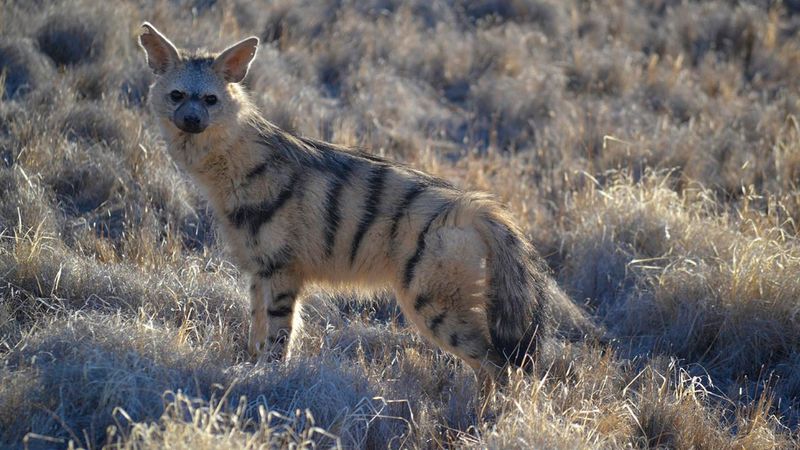
Standing at just 16-20 inches tall and weighing around 20 pounds, aardwolves are essentially nature’s pocket-sized pretenders. Their petite frame makes them roughly the size of a fox or small dog.
Contrast this with gray wolves that tower at 30 inches tall and tip the scales at 70-150 pounds. The difference is like comparing a motorcycle to a pickup truck!
3. The Aardwolf’s Social Structure Vs. Wolf Packs
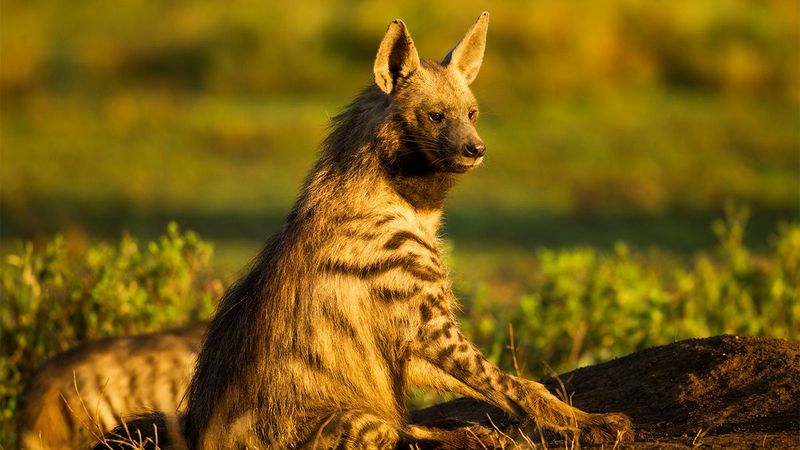
Aardwolves prefer the quiet life, typically living in monogamous pairs that defend their territory. They’re homebodies at heart, rarely venturing far from their permanent burrows.
Wolves, however, are the ultimate team players. They form complex packs with strict hierarchies, communicate constantly, and work together on elaborate hunts. For wolves, family is everything – sometimes 20 members strong!
4. Aardwolf’s Physical Appearance
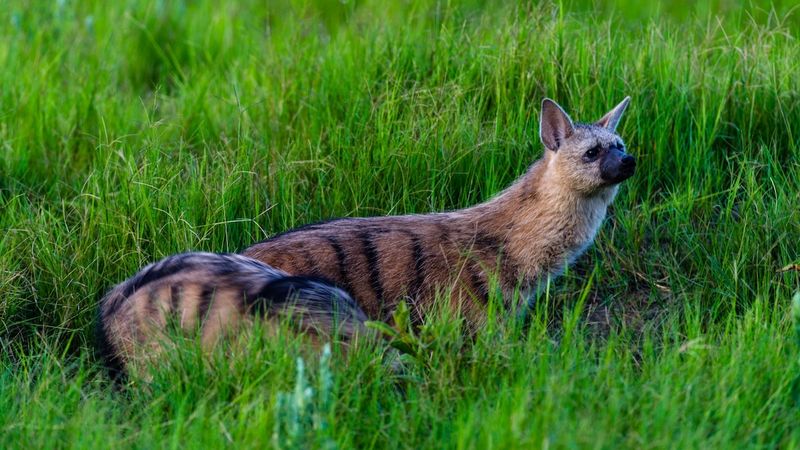
Sporting distinctive vertical stripes on a yellowish-tan coat, aardwolves look like hyenas dressed for Halloween. Their pointed ears and bushy tails might seem wolf-like at first glance, but that’s where similarities end.
Their mane can stand erect when threatened, making them appear larger. Wolves have thick, solid-colored fur ranging from gray to brown, with powerful builds designed for endurance and strength.
5. Behavior And Hunting Techniques
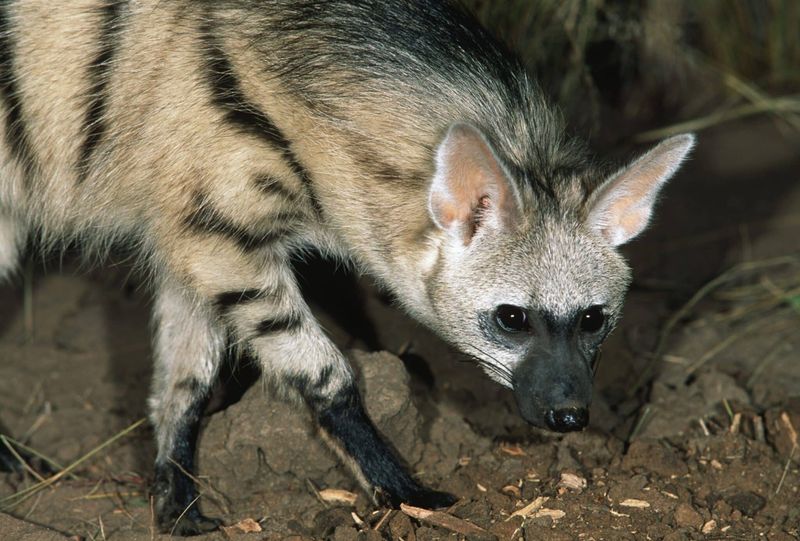
Rather than dramatic chases across the tundra, aardwolves simply wander their territory at night, sniffing out termite mounds. They use their sensitive hearing to locate insects underground, then lap them up with their specialized tongue.
No fangs required! Wolves, meanwhile, are strategic hunters that track, chase, and coordinate to bring down prey many times their size – a completely different hunting philosophy.
6. Aardwolf’s Voice: No Howls
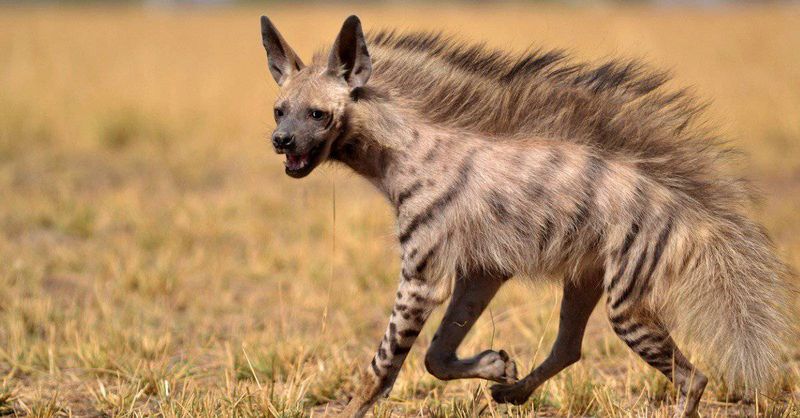
You’ll never hear an aardwolf’s haunting howl echoing across the moonlit savanna. Instead, these quiet creatures communicate through soft grunts, growls, and occasional high-pitched calls when alarmed.
Their vocalizations serve mostly for territory defense and mating. Wolves, famous for their melodious howls that carry for miles, use complex vocal communication to coordinate hunts and maintain pack bonds.
7. Aardwolf’s Habitat Preferences Vs. Wolves

Home sweet home for aardwolves means open, dry savannas and grasslands where termites thrive. Their African range spans from South Africa to Tanzania, always in regions where their six-legged meals are abundant.
Wolves, those habitat generalists, adapt to everything from Arctic tundra to dense forests and mountain ranges across the Northern Hemisphere. The aardwolf’s specialized habitat needs reflect its insect-focused lifestyle.
8. The Aardwolf’s Lack Of Social Cooperation

Teamwork makes the dream work? Not for aardwolves! These independent creatures hunt alone, with each individual focusing on its personal termite buffet. Parents don’t even teach young how to hunt – instinct handles that.
Wolves write the book on cooperation, with complex hunting strategies requiring perfect coordination. They share food, babysit each other’s pups, and even adopt orphans – showcasing mammalian cooperation at its finest.
9. Aardwolf’s Unique Adaptation For Insect Eating

Evolution has gifted aardwolves with specialized equipment for termite feasting. Their sticky, saliva-coated tongue extends up to 7 inches, perfect for slurping up insects from narrow tunnels.
Strong stomach acids break down the tough exoskeletons and soldier termites’ chemical defenses. Wolves have none of these adaptations, relying instead on powerful jaws and teeth designed for tearing meat, not lapping insects.
10. Digestion
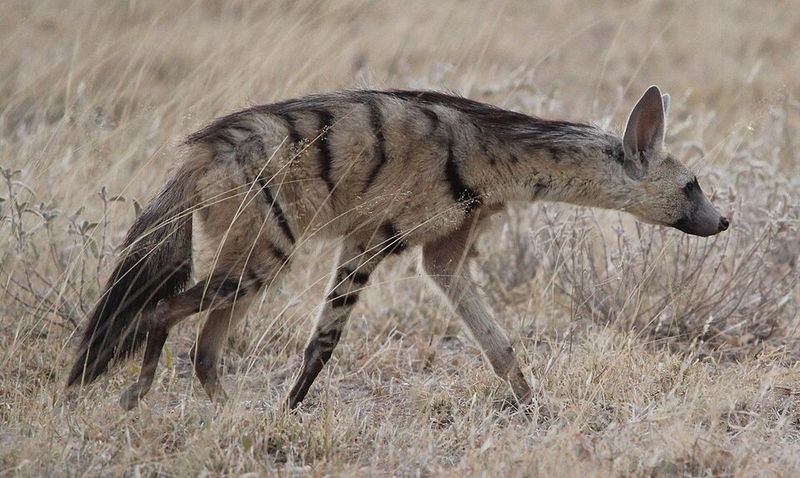
An aardwolf’s digestive system is a marvel of specialization, built to process chitinous insect exoskeletons and extract nutrients from thousands of tiny termite bodies. Their intestinal tract includes special chambers for breaking down these tough materials.
Wolves possess the straightforward carnivore digestive system – shorter and designed for rapid protein processing from meat. The difference reflects their completely separate evolutionary paths.
11. Nocturnal Behavior
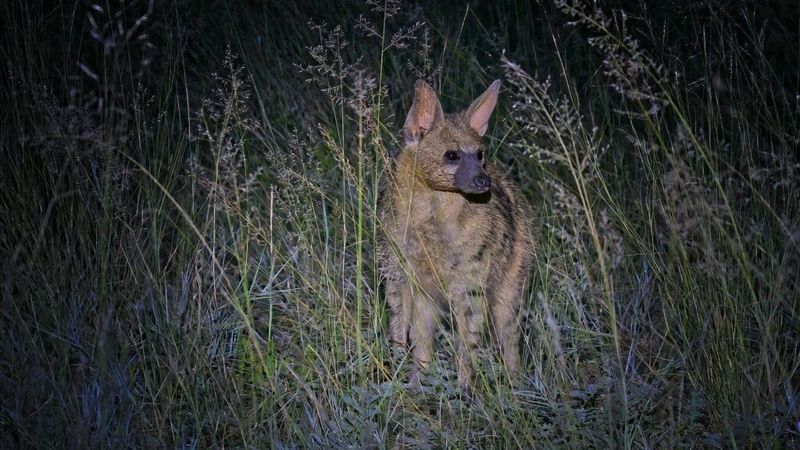
When the sun sets, the aardwolf’s day begins. These strictly nocturnal creatures avoid the scorching African heat by hunting exclusively at night when termites are more active and accessible.
During daylight hours, they retreat to burrows to sleep. Wolves show more flexibility, hunting whenever opportunity strikes – dawn, dusk, midnight, or midday. Their activity patterns shift with prey availability and seasonal changes.
12. Aardwolf’s Lack Of Fearsome Reputation
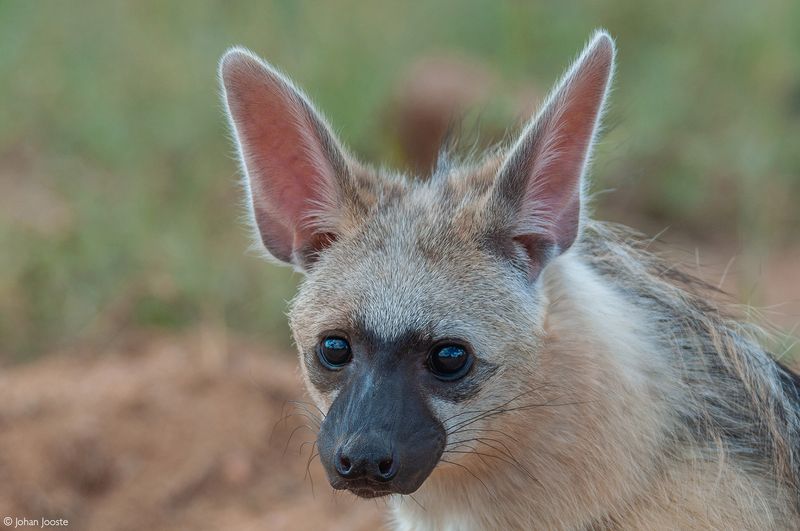
Despite the intimidating name, aardwolves inspire zero fear in humans or wildlife. These shy creatures flee at the first sign of danger, rarely even defending themselves against predators.
Their harmless nature contrasts sharply with wolves, which have inspired centuries of folklore, fairy tales, and fear. While wolf attacks on humans are actually rare, their powerful presence in our collective imagination couldn’t be more different from the humble aardwolf.
13. Aardwolf’s Non-Threatening Behavior Vs. Wolf’s Predatory Nature

“Gentle” isn’t typically associated with animals bearing “wolf” in their name, yet aardwolves epitomize non-aggression. When threatened, their first strategy is to puff up their mane and appear larger – pure bluff!
If that fails, they retreat to their burrow or play dead. Wolves, as apex predators, stand their ground against threats and actively hunt large mammals. Their entire physical and behavioral evolution centers around being effective predators.
14. The Aardwolf’s Solitary Life Vs. Wolves’ Complex Social Dynamics
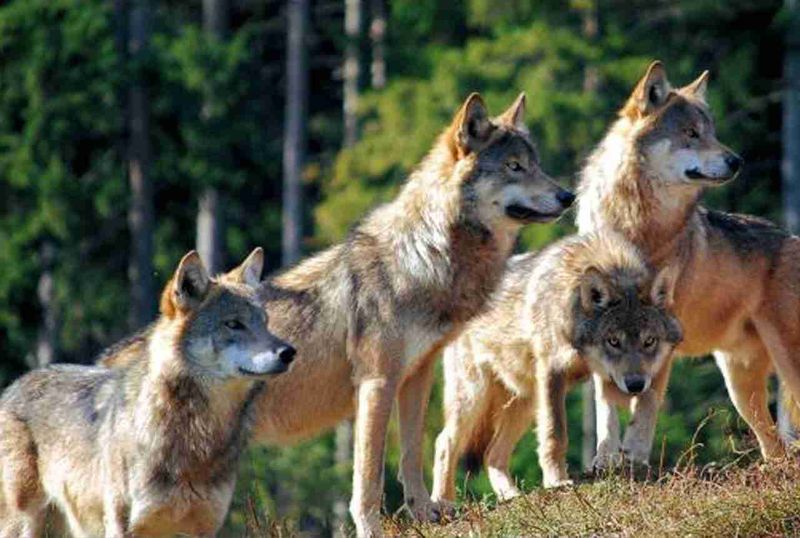
Privacy please! Adult aardwolves maintain exclusive territories and only tolerate their mate and dependent young. Their social calendar includes just one event: breeding season.
The rest of the year, they’re content with solitude and their termite pursuits. Wolves live at the opposite extreme, with rich social lives featuring play, communal howling, cooperative hunting, and elaborate greeting rituals that strengthen their intricate pack bonds.
15. The Aardwolf’s Role In The Ecosystem Vs. The Wolf’s

Nature’s pest controllers, aardwolves keep termite populations in check, preventing these insects from destroying grasslands. A single aardwolf family might consume millions of termites annually without disrupting the colony’s survival.
Wolves serve as ecosystem engineers, regulating prey populations and influencing everything from deer behavior to vegetation patterns. Their presence triggers trophic cascades that reshape entire landscapes – a dramatic contrast to the aardwolf’s subtle ecological footprint.



